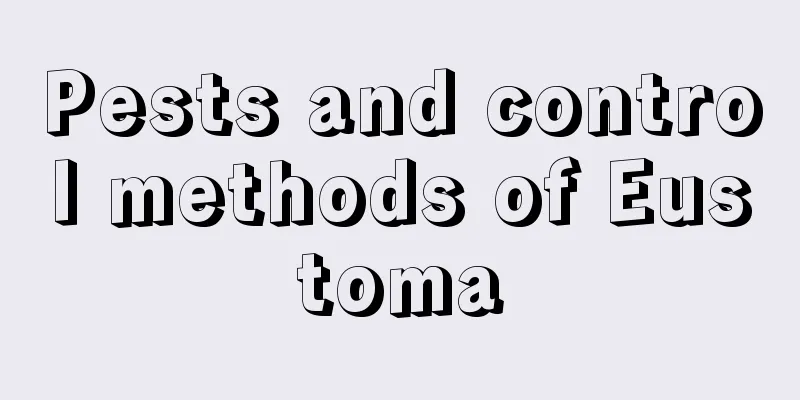Pests and control methods of Eustoma

Pests of Eustoma: AphidssymptomAphids are the fastest reproducing insects, and can reproduce 10 to 30 generations a year. Female aphids can reproduce from birth and do not need males to reproduce. Aphids use their mouth needles with sucking mouths to pierce the epidermis of plants and suck the juice from the tender leaves of the plants, causing the plants to grow slowly. The secretions of aphids also attract ants. Prevention and treatment methodsWhen breeding, pay attention to regular ventilation and light transmission to prevent aphid infestation. If the number is small, kill them manually and spray them with 1500 times diluted 80% DDT emulsion in the initial stage. If diseased plants are found, they need to be removed and destroyed in a timely manner to prevent the pests from spreading further. Pests of lisianthus: leaf rollersymptomThe adult leaf rollers have a strong tendency to sugar and vinegar. They hide on the back of leaves or in the grass during the day and come out at night. The leaf roller has a small adult body and broad forewings. It hatches its larvae at the tip of the leaf and then eats the upper epidermis and mesophyll of the leaf, but leaves the lower epidermis, causing the leaves to curl, turn yellow, and develop filmy spots. Holes will appear after the adults bite. Leaf rollers often appear in spring and summer. They hide in the leaves and continuously harm plants, seriously affecting their growth and causing delayed flowering or no flowering. Prevention and treatment methodsWhen the number of leaf rollers is small, the leaves can be removed manually to eliminate the insects. During the larval stage, you can use 1000 times diluted 75% phoxim to spray the larvae (preferably at night) or 1000 times diluted 90% trichlorfon to spray the larvae. During the adult stage, use sweet and sour liquid to lure and kill them. Mix 5 parts of sugar, 5 parts of wine, and 80 parts of water, then put the sweet and sour liquid into a bottle and hang it near the plant. Do not use dichlorvos for cleaning, as it will be harmful to the growth of lisianthus. |
<<: Common diseases and pests of agave
>>: Common Pests of Purple Jasmine and Their Control Methods
Recommend
How to grow lotus
1. Breeding environment 1. Soil: Fertile, well-dr...
The difference between golden locust and golden locust
1. What is the difference There is no difference ...
What does Gesang flower mean?
1. Pursue happiness and good fortune In Tibet, Ge...
If you fertilize the weeping angel like this, the leaves will be strong and green!
What is the Dripping Guanyin? In most families th...
The role and use of microbial fertilizer
With the development of modern agricultural techn...
The simplest and most practical method for treating pig manure
Pig manure is a very good organic fertilizer that...
The difference between the couple begonia and the liger begonia
1. Different leaves The leaves of the Crabapple T...
Add this when watering, and the green radish and spider plant will grow like crazy
Fish tank water What is fish tank water? Flower l...
Why is the rubber tree losing its leaves?
1. Reduce watering and fertilization 1. Reason: A...
How to repot Areca palm
Time to repot the Areca palm The Areca palm needs...
What fertilizer is good for jasmine topdressing?
Jasmine topdressing time Generally, jasmine can b...
Cultivation methods and precautions of windmill grass
Windmill grass is a relatively easy plant to grow...
What are the methods and precautions for breeding European moon
Introduction to Ouyue European rose is a rose var...
How to prune Brazilian wood and how long does it take for it to sprout after topping
1. Pruning time The pruning of rubber trees is ge...
The efficacy and function of Xiaozhuya
edible Its roots and stems are edible, contain a ...









